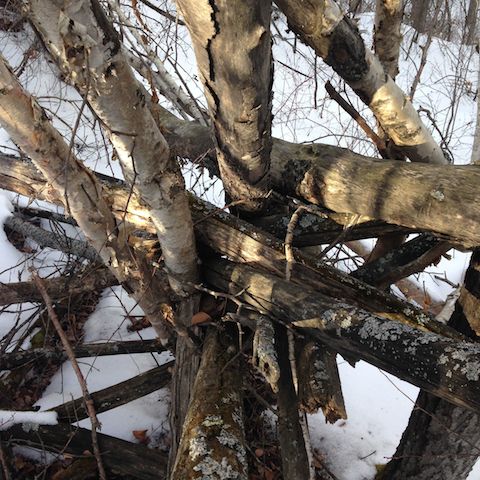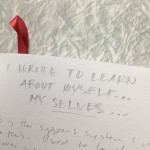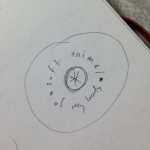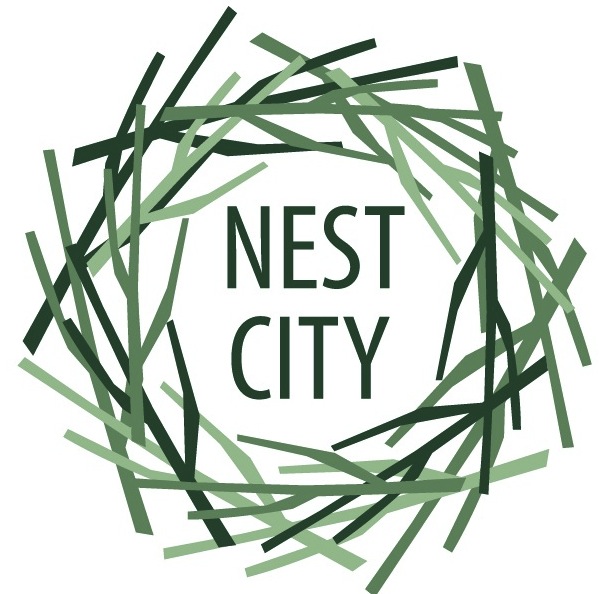I found myself in the company of people a couple weeks ago who completely understand and respect others’ needs to set limits and boundaries for themselves, so we can enable each other to show up well. In the language of The Circle Way, this is the “ask for what you need” agreement. In reflection, I have learned that I am not always quick enough to realize what I need, let alone ask for it. I didn’t.
Here’s what happened. We circled up for a board meeting for a few days and we had a lot on our agenda so we met for long, full days. On day one, I got up early to maintain my morning practice of writing and walking. On day two I was feeling under the weather, so I chose to sleep in the morning. Still under the weather on day three I chose to sleep. My ability to function and contribute lessened and lessened with each day both because of not feeling well, but also because I did not give myself the things that nourish me every day: time to exercise and fresh air and time alone to write and read.
Over the last several years I have become more introverted; I need more time alone to figure out what I think and feel about things. A day full of other people (including mornings and evenings), let alone several days, is a challenge to my inner well-being. I need time alone to look after my introvert so I can be my best self, for me and others. Without this time my energy stores deplete and my ability to be my best self declines.
I need time alone to look after my introvert so I can be my best self, for me and others.
Last week I didn’t take the initiative to make more time for myself, or to ask for our work schedule to change to allow more spaciousness. This opportunity to reflect has allowed me to see two underlying ideas.
First idea: I want to be in the room where it happens. Just like Aaron Burr in the Broadway hit Hamilton, I want to be there when great stuff happens. I don’t want to miss out on anything and I want to be a part of everything. If something neat is happening, I want to be a part of it.
Second idea: my needs are not as important as others’ needs. In my drive to be in the room where it happens, I fear rocking the boat, or letting other people down by either proposing something preposterous, or by simply not being available when needed.
Our meeting was productive and meaningful. It was a challenging time for us and we met each other well and yet I feel that for me, and how I show up for myself, there is room for improvement. How can I spend days with others, from dawn into the evening, in ways that maintain or even increase my energy stores?
Two contrasting shapes of how to spend three days together come to mind:


Here are five simple ideas about organizing full days of meeting:
- Understand the purpose of the gathering at all scales: the reason to gather, the intention for each day and each chunk of time in each day.
- Identify expectations and outcomes for the gathering that include both the tasks of the work and needs of the people to do that work. What kind of spaciousness is needed for what purpose?
- Start a bit later than usual to allow for the spaciousness of life in the morning (checking email or social media, exercise or meditation).
- Decide what works best for lunch and supper breaks. Is it a short break so the day can end early? Is it a longer break for spaciousness? Is the spaciousness needed before the meal or after? Are we sitting down together or can individuals go off on their own to eat?
- Designate chunks of time for the whole group to meet. When does everyone need to be together? When can people work on their own schedule? Remember: the days do not have to be the same.
Unscheduled time in our lives helps us do our work. Over a few days of meeting, it is essential to find play time both with others and alone. It helps a group be its best self. When we look away from the tasks at hand, for a moment even, we can see what needs to be done more clearly.
Unscheduled time in our lives helps us do our work.
In my case, I learned that I need to let go of the need to be in the room where it happens and give myself space to discern which room I want to be in. Further, I need to make room for the work to work me, for this is how I find my way, how I figure out what and how to contribute to the world around me.
Asking for what I need is about enabling myself to be me.
How do you make room for you to be you, for “it” to happen?

 When I spend time out on the land, and I listen, it has things to tell me. Last month, while hosting Soul Spark with my friend and colleague Katharine Weinmann, I ventured outside to be on the land a bit before we got started.
When I spend time out on the land, and I listen, it has things to tell me. Last month, while hosting Soul Spark with my friend and colleague Katharine Weinmann, I ventured outside to be on the land a bit before we got started. 


